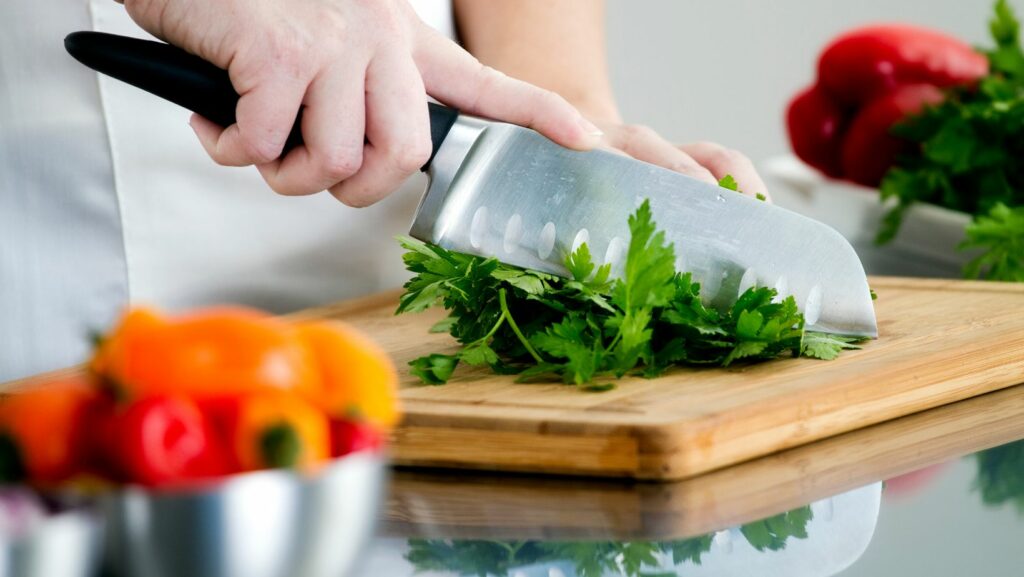Spices, those magical elements that transform mundane meals into culinary masterpieces. But, if you’ve ever found yourself overwhelmed in the spice aisle or unsure how to use that fancy spice mix you got as a gift, you’re not alone. Cooking with spices doesn’t have to be intimidating or complicated.
In this article, we’ll unravel the secrets of spices, offering tips that’ll help you harness their full potential. From knowing when to add spices to your dish, to understanding the art of blending them, we’re here to guide you. So, let’s embark on a flavorful journey that’ll elevate your cooking skills to new heights.
Tips For Cooking With Spices

At the heart of culinary expertise lies a profound understanding of cooking with spices. Use these tips to enhance dishes and create a culinary masterpiece.
The Role of Spices in Cooking
Spices hold a central role in cooking, enhancing the taste, color, and aroma of various dishes. Employing spices, a cook transforms a simple meal into a memorable culinary experience. Roasting spices prior to use, for example, brings out their inherent flavors, while using a small amount of whole spices can add an uncanny depth to any dish. Additionally, combining spices with heat raises their flavor profiles, elevating an otherwise bland meal. Understanding these dynamics can significantly bolster one’s cooking abilities.
Flavor Profiles of Popular Spices
Knowing the flavor profiles of popular spices is crucial in creating delectable dishes. For instance, paprika has a mild, sweet flavor with an underlying hint of fruitiness, making it ideal for sauces and stews. Turmeric, by contrast, showcases a warm, bitter taste, perfect for lentil dishes and curries. Cinnamon, on the other hand, brings forth a sweet-spicy warmth that can complement both savory and sweet dishes. A cook’s knowledge of these flavor nuances plays an integral role in mastering spice combinations, leading to an unforgettable dining journey.
Best Practices for Storing Spices

Prolonging the quality of cooking spices and easing their accessibility can transform any kitchen scenario. The key lies in mastering the art of storing and organizing spices. Let’s explore how these twin concepts can preserve and amplify flavors when cooking with spices.
Keeping Spices Fresh
The freshness of spices contributes majestically to the end result of a dish. Spices, both whole and ground, are prone to air, heat, moisture, and light – the four arch enemies of spice conservation. This quadriga, if left unchecked, can lessen the potency and eventually ruin the spices.
- Air-tight Containers: Store spices in air-tight containers. Glass and metal, for instance, can seal out air and maintain freshness.
- Away from Heat: Arrange spice containers away from sources of heat. Placing them near stoves or ovens, though convenient, accelerates flavor loss.
- Away from Light: Spices prefer the dark. Keep containers in cool, dark cupboard spaces as light can degrade their quality.
- Away from Moisture: Avoid using wet utensils to scoop spices, it introduces moisture which can mould.
- Whole vs Ground: Whole spices typically last longer than their ground counterparts. Consider storing these in larger quantities.
Organizing Your Spice Rack
A well-ordered spice rack simplifies cooking endeavors and reduces time searching for the right spice at pivotal moments. Embrace tactics that facilitate swift and easy access to spices.
- Alphabetical Order: Cataloguing spices alphabetically ensures quick retrieval.
- Cuisine-based Groups: Group spices by cuisine types they’re commonly used with, like Italian or Indian spices.
- Frequency of Use: Arrange often-used spices on easily accessible shelves or compartments.
- Clear Labels: Mark containers clearly. This can include the name, purchase date, or best before date.
- Update Regularly: Periodically check and refresh the spice collection. If a spice smells musky or tasteless, perhaps it’s time to replace it.
In essence, elevation using spices hinges significantly on the best practices of storage and organization. Properly stored spices retain more flavor, color, and aroma, enhancing the overall gastronomical experience, hence enriching the culinary journey.

